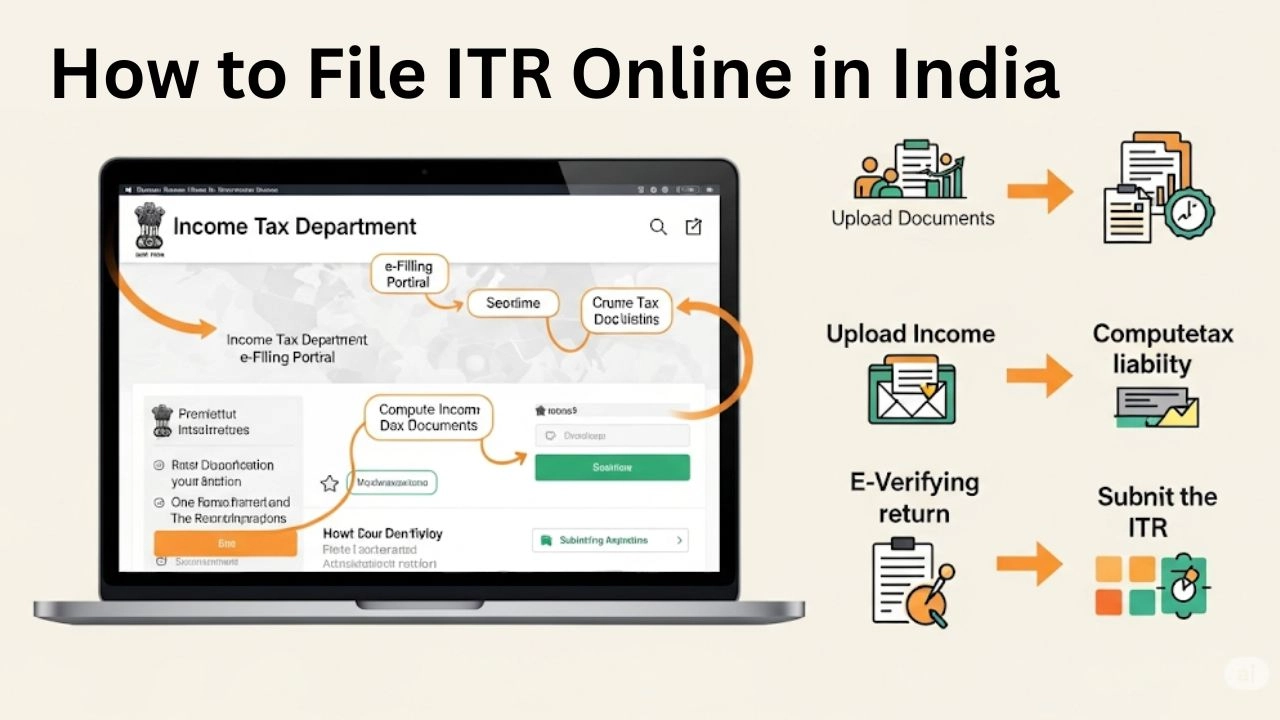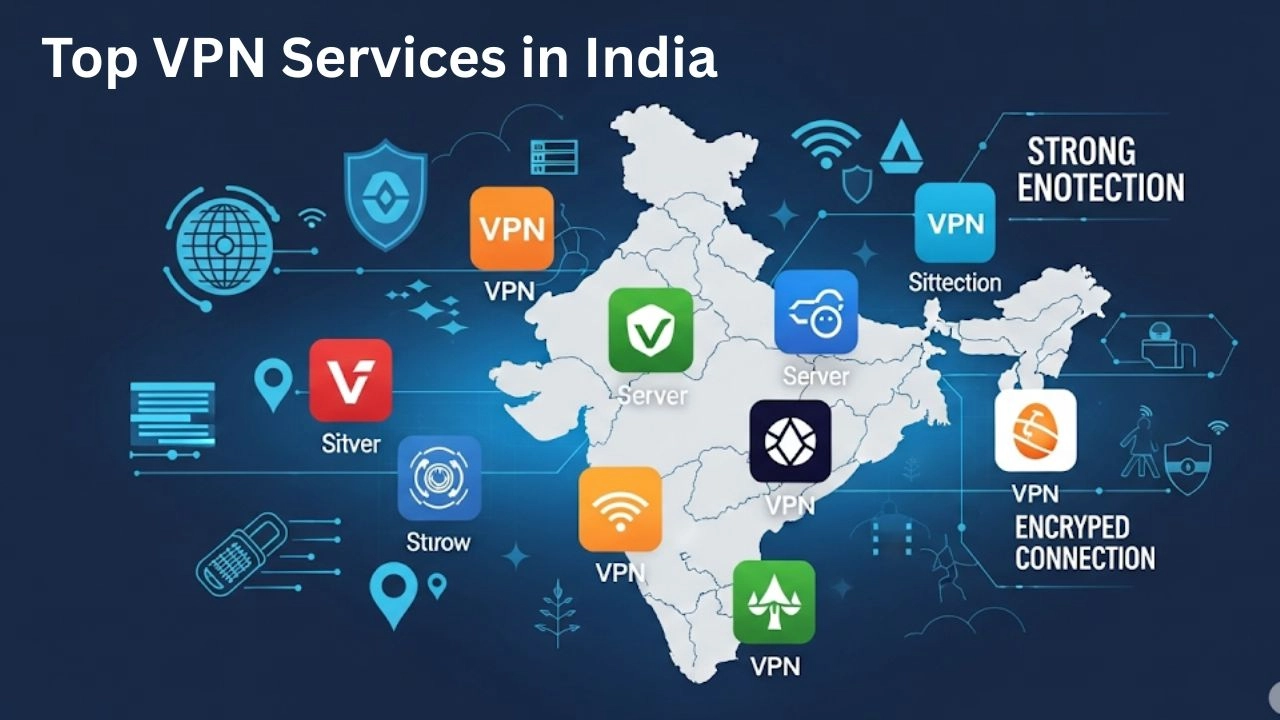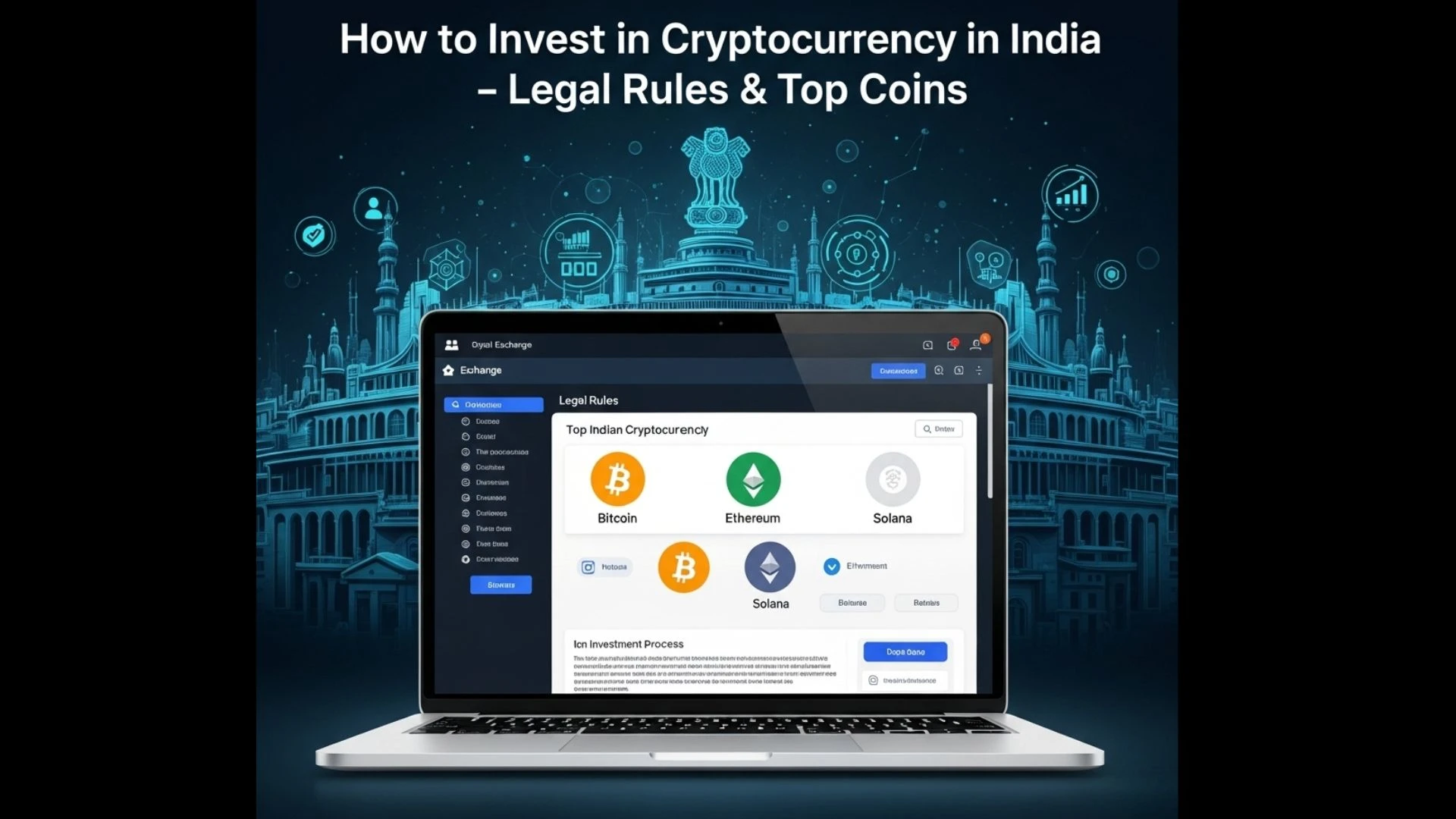Many Indians living abroad (NRIs) are interested in investing in India. Some want to build wealth, some want to plan for retirement, while others wish to stay connected to their homeland.
But the main question is – Where should NRIs invest in India?
In 2025, there are many legal, safe, and profitable options that offer both growth and peace of mind.
In this article, we’ll explain the top investment options for NRIs in India, and help you choose what’s best for your goals.
Why Should NRIs Invest in India?
Here are a few strong reasons:
- High return potential compared to global markets
- Legal ways to grow wealth in rupees
- Emotional connection with your homeland
- Great retirement planning if you plan to settle in India later
- Several tax-saving instruments are also available
India’s economy is growing fast, and long-term investors are seeing great results.
Best Investment Options for NRIs – 2025 Comparison
| Investment Option | Risk Level | Returns (Approx.) | Key Features |
|---|---|---|---|
| NRE Fixed Deposit | Low | 5.5% – 7.5% | Tax-free in India, safe, easy to open |
| Mutual Funds (via NRE/NRO) | Moderate | 8% – 14% | Diversified, good for long-term growth |
| Direct Equity (Stock Market) | High | Varies | For experienced investors, long-term gains |
| Real Estate | Medium | 6% – 12% (avg) | Good for rental income or capital gain |
| National Pension Scheme (NPS) | Low-Moderate | 8% – 10% | Retirement-focused, tax saving under 80C |
| Government Bonds | Low | 7% – 7.5% | Stable and backed by RBI or GoI |
| ULIPs (Insurance + Investment) | Medium | 5% – 12% | Life cover + investment combo |
Real-Life Story: Ankit’s NRI Investment Journey
Ankit, an NRI engineer based in the UAE, wanted to invest ₹10 lakhs in India in 2024. He chose a mix — ₹5 lakhs in mutual funds via NRE, ₹3 lakhs in NRE FD, and ₹2 lakhs in NPS. After 12 months, he had not only gained good returns but also saved taxes in India.
His advice? “Start with safe options, then slowly explore higher-return investments.”
Which Bank Accounts Can NRIs Use?
To invest legally in India, NRIs must open specific types of bank accounts:
- NRE (Non-Resident External) Account – Repatriable, no tax on interest
- NRO (Non-Resident Ordinary) Account – Good for income earned in India, like rent
- FCNR (Foreign Currency Non-Resident) Account – Fixed deposits in foreign currency
These accounts are must-haves before investing in any instrument.
Important Rules & Tips for NRIs
- Always invest through NRE/NRO accounts, not regular savings accounts
- Many mutual funds only accept NRO funds (especially from US/Canada NRIs)
- Stock market investment requires NRI Demat Account (PIS-enabled)
- Real estate purchase is allowed, but agricultural land is not permitted
- NRI investments must follow FEMA and RBI guidelines
Pro Tip: Use SEBI-registered advisors and platforms to stay safe.
FAQs
Q1. Can NRIs invest in Indian mutual funds?
Yes, through NRE or NRO accounts. Some AMC restrictions apply for US/Canada-based NRIs.
Q2. Is income from NRE FD taxable in India?
No. NRE FD interest is tax-free in India.
Q3. Can NRIs buy property in India?
Yes, they can buy residential or commercial property — but not agricultural land.
Q4. What is the safest investment for NRIs?
NRE FDs and government bonds are safest. Mutual funds are good for long-term growth.
Q5. Can I repatriate my investment gains back abroad?
Yes, investments through NRE account are fully repatriable. NRO repatriation has some limits.
Final Words
India offers NRIs several secure and smart ways to invest in 2025. The best strategy is a mix — combine fixed returns like FDs with growth options like mutual funds. And always follow RBI rules and use the right account type.
No matter where you live in the world, you can still grow your wealth safely in India — all it takes is smart planning.









